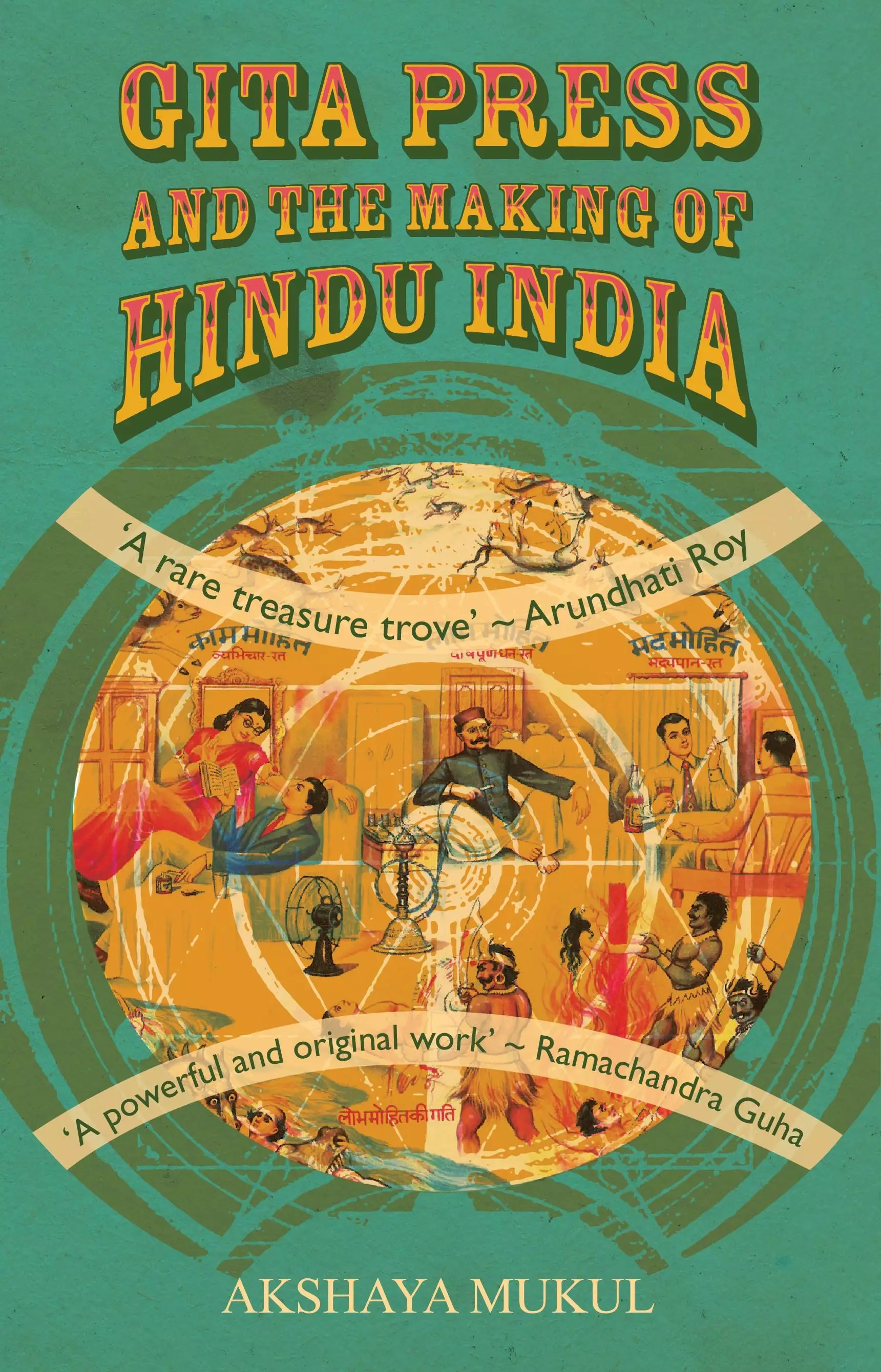One. I attended the Wan-Ifra show in the first week of September. Picked up a report. It said, print circulation has increased 6.4 percent globally in 2014 and shows a five-year growth of 16.5 percent. The report states India provides a boost to the circulation figures. The newspaper business in India is still the healthiest print newspaper industry in the world.
The Indian figures have affected the global picture but this did not translate into visitor footfalls at the Wan-Ifra show. Nor were these “growing number of publications in India” on view at the show. The refrain from friends in the newspaper industry was; it’s déjà vu. The same old faces, the same old PPTs.
It’s become a tad worrisome. In an attempt to manicure and pedicure the industry trends, we don’t speak about the rural readership of print. For example, how in the Goa of the 19th century, newspapers were banned from functioning. A ban that stayed for nearly two years. But newspapers in Bombay and Lisbon continued to cover events in Goa, while in Goa itself many pamphlets emerged as a mechanism to circumvent the ban on newspapers. Thus began the clamour for printed pamphlets in Konkani.
Two. In this sense, the recently published Revolutionary Pamphlets, Propaganda and Political Culture in Colonial Bengal by Shukla Sanyal is an eye opener about the underground pamphlet movement in Bengal between 1908 and 1918.
This is an area, our international conference has hardly tapped as a historical source to understand the genesis of newspapers and periodicals in India. The book produced by CUP has references to pamphlets that were distributed in the guise of Saraswati Puja invitations or to pamphlets that were printed on both sides of a sheet of an ordinary foolscap paper and signed Navinananda (after Bankim Chandra’s heroine Shanti disguised as the male sanyasi Navinananda in Anandamath). Shukla Sanyal’s book is a must read.

Three. As per a “news break” on Twitter, Gita Press, the Gorakhpur-based publisher of Hindu religious and spiritual books, is facing a labour crisis. The first strike took place in 1932 and since then strikes have been endemic in this no-profit no-loss venture, which is run by a trust. Among those who wrote for Kalyan, the journal from Gita Press, was Dr Rajendra Prasad, the first president of India and C Rajagopalachari, the last governor-general of India.
Now an extremely well-researched book, Akshaya Mukul’s Gita Press and the Making of Hindu India (Harper Collins) looks at how the press and Hanuman Prasad Poddar (a 20th century Hindu missionary) published the Ramayana, the Mahabharata, the Gita and other texts at a low cost. At times, Rs 1 per copy. The Stri Dharma Prashnottari sells for Rs 4 and has sold 17 lakh copies.
Mukul takes a meticulous look at all this plus the murky politics of Gita Press and its alliances with the Hindu Right; be it: the Hindu Mahasabha, the RSS, later on the Jana Sangh and now the BJP.
Four. H Joseph Gerber (1924–1996) the founder of the Gerber Scientific Instrument Company, is no more. Gerber’s photo plotter (used for making maps) was the first computerised product used to automate the pre-press process and was essentially the first filmsetter (although not a text-setter).
Gerber’s innovations included plotting, CAD, pattern making, sign making (including cutting stencils for screen-print screens), billboard printing, as well as the photo plotter, AutoPrep, and Crescent platesetter, and ScreenJet direct-to-screen device.
According to print guru Frank Romano’s moving tribute, “Joe was a true innovator. He developed technology for automated devices that could cut cloth or other materials for the garment industry. Gerber developed expertise in techniques to convert numbers to designs and designs to numbers.”
Gerber acquired Eocom in 1984 and began developing CTP technology. The Crescent CTP was among the first commercially-available direct platesetters and was shown in 1991. To Joe, it was just another plotter and in 1998 he sold the unit to Barco Inc.
In October, a biography on the extraordinary life and career of the iconic twentieth-century inventor, technologist, and business magnate will appear. The Inventor’s Dilemma is written by Gerber’s son, David, based on unique access to unpublished sources. Another must read. An absolute must read!
Five. Speaking of authors, a wonderful Hindi writer I admire, Uday Prakash will return the Sahitya Akademi Award in protest against the murder of Kannada writer and scholar, M M Kalburgi. We may not have an award to return. But one way to combat this irrational madness, is to pick up a book by Kalburgi. And read it.















 See All
See All